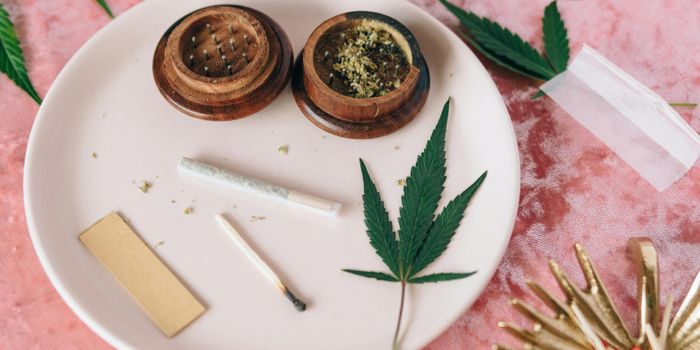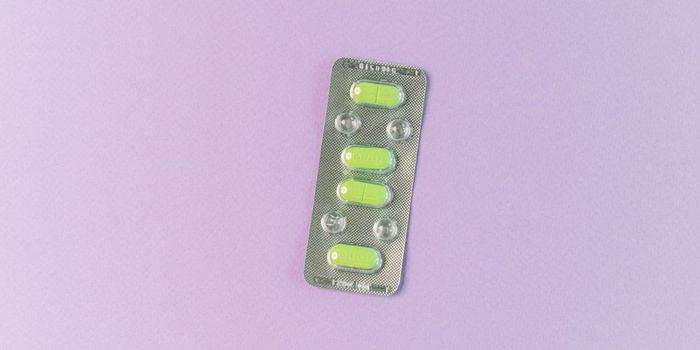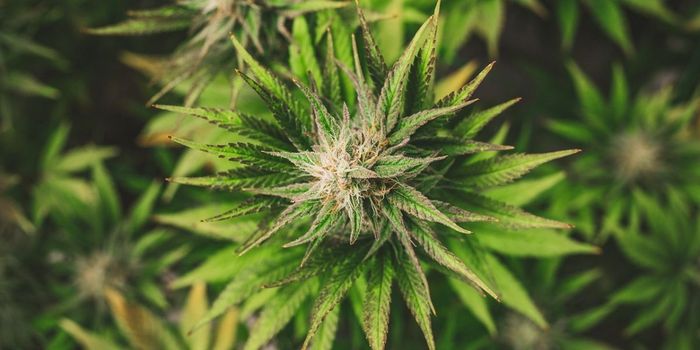Cannabis risk awaits young teens with depression

For the new study in the journal Addiction, researchers interviewed 521 students recruited from four Seattle public middle schools. Researchers used data from annual assessments when students were ages 12 to 15 and then again when they were 18.
“The findings suggest that if we can prevent or reduce chronic depression during early adolescence, we may reduce the prevalence of cannabis use disorder,” says lead author Isaac Rhew, research assistant professor of psychiatry and behavioral sciences at the University of Washington School of Medicine.
What researchers called “a 1 standard deviation increase” in cumulative depression during early adolescence was associated with a 50 percent higher likelihood of cannabis-use disorder in the study.
During the past decade, cannabis use among adolescents has surpassed that of tobacco. Cannabis and alcohol are the two most commonly used substances among youth in the United States. Researchers cite a previous study showing increases in the prevalence of cannabis-use disorder and alcohol-use disorder in the United States, especially among young adults.
Longitudinal studies of depression and later use of alcohol and cannabis, however, have been mixed. Some show a link, others don’t. Most past studies have assessed adolescent depression at a single point in time—not cumulatively. Further, previous research has measured substance use differently, ranging from initiation of any use to heavier, problematic use.
The study oversampled for students with depressive and/or conduct problems. The researchers were surprised that the prevalence of cannabis- and alcohol-use disorder in the current study was notably higher than national estimates, with 21 percent meeting criteria for cannabis-use disorder and 20 percent meeting criteria for alcohol-use disorder at age 18.
What effect the easing of marijuana laws in Washington state had on the students is unclear. Researchers say it would be informative to conduct a similar study in a state with stricter marijuana laws to understand whether the relationship between depression and later cannabis misuse is similar.
The substance-abuse assessments of 18-year-olds occurred between 2007 and 2010. Washington state legalized medical cannabis in 1998 and its medical cannabis market expanded greatly after 2009, when the US justice department issued a ruling known as the “Ogden Memo.” And in 2003, the city of Seattle made cannabis offenses the lowest enforcement priority for police and the city attorney.
The National Institute of Mental Health and the National Institute on Drug Abuse, as well as funding from the University of Washington Alcohol and Drug Abuse Institute funded the work.
Source: University of Washington
This article was originally published on Futurity.org








